Physical Description
Description and Contents
MS 196: Parchment, 560 x 380 mm (375 x 227 mm), five lines of text ruled in brown ink and five four-line musical staves ruled in red ink on each side of the leaf
MS 197: Parchment, 578 x 400 mm (398 x 228 mm), two lines of text ruled in brown ink and two four-line musical staves ruled in red ink on each side of the leaf
MS 198: Parchment, 588 x 400 mm (360 x 235 mm), two lines of text ruled in brown ink and two four-line musical staves ruled in red ink on the original recto of the leaf, twelve lines of text ruled in brown ink on the original verso.
The two penwork initials on the reverse (original recto), with reserved ornament and red and blue pen-flourished infill and frames, exemplify the fine ornamentation of Santa Maria della Scala’s Choir Books.
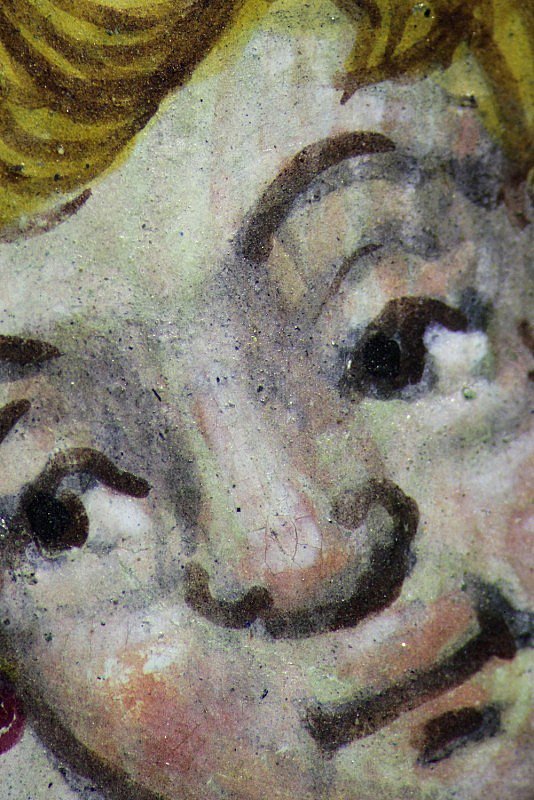
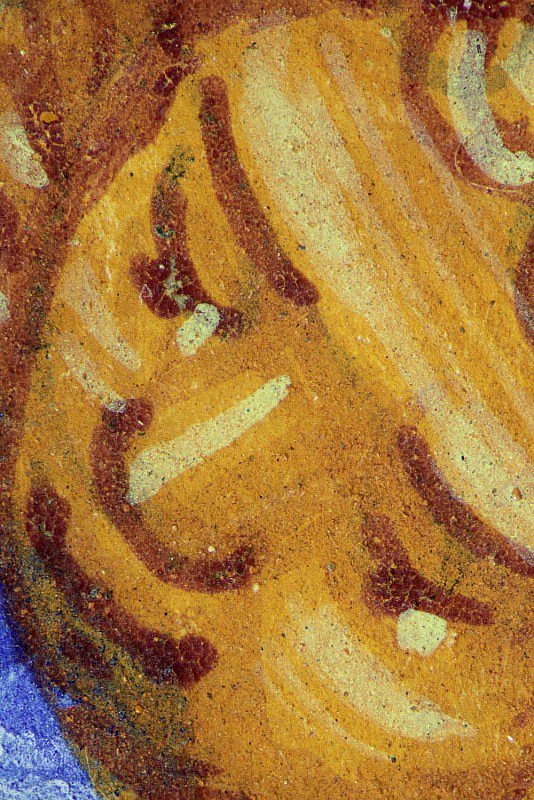
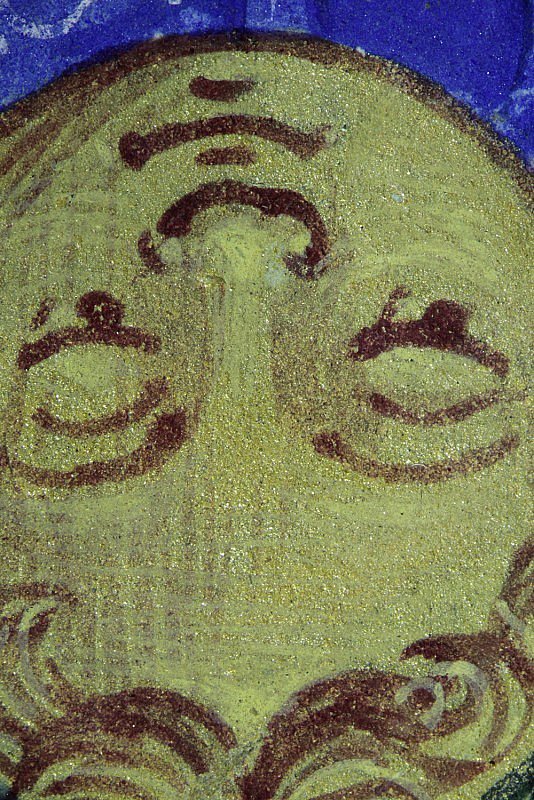
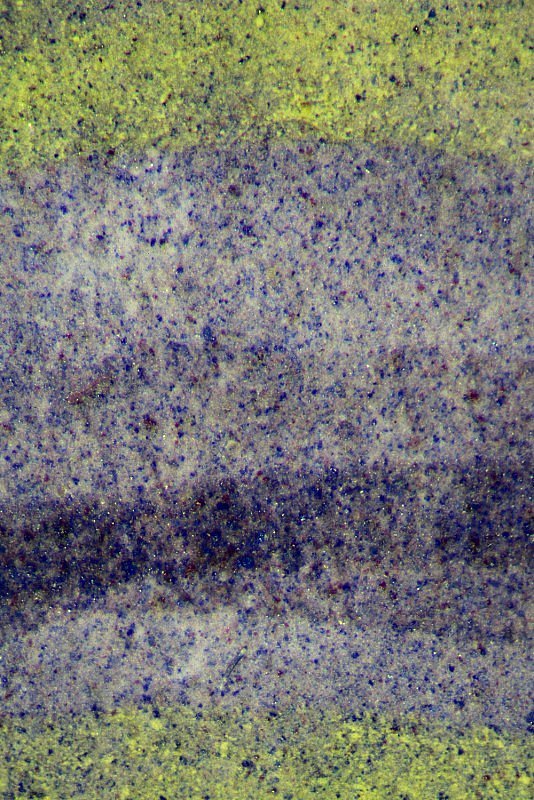
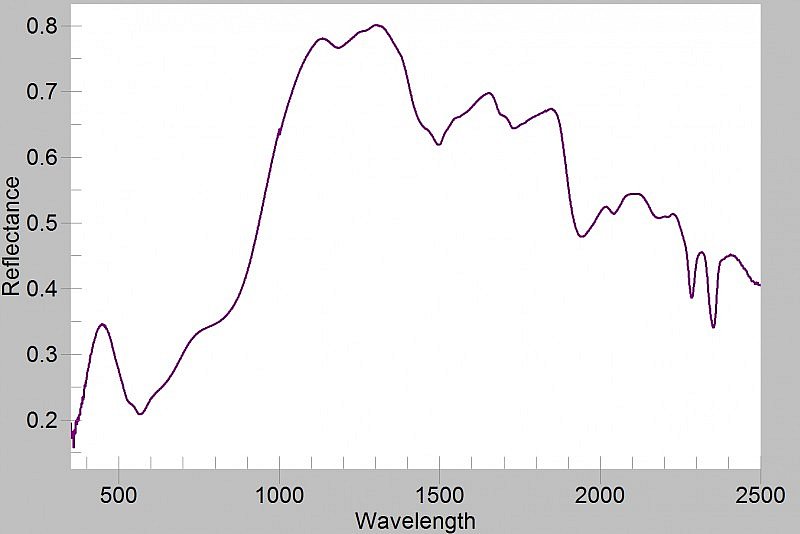
Creation of Heaven and Earth
This leaf came from an Antiphoner made for the Hospital of Santa Maria della Scala in Siena c. 1460-1477. The lower border preserves the overpainted arms which combine Santa Maria della Scala’s emblematic ladder with the rampant griffin (still discernable) of Niccolò Ricoveri, the hospital’s rector who commissioned the new set of Choir Books. The miniature and the initial I introduce the opening words of the Book of Genesis, ‘In the beginning God created the heavens and the earth’, with which the original volume began; they were recited at the midnight service of Matins for Septuagesima Sunday. The image of the Creation is among the finest surviving works of Pellegrino di Mariano Rossini, a pupil of Giovanni di Paolo. It is based on a panel from the altarpiece Giovanni di Paolo painted c.1445-1450 for the chapel of the Guelfi family in San Domenico, Siena (New York, Metropolitan Museum of Art, Robert Lehman Collection, 1975.1.31). The depiction of the eight celestial spheres and the four elements emerging simultaneously draws on the Apostles’ Creed and on Dante’s Paradise (29:22-30) rather than on the Genesis story of sequential creation recounted beside the image. The red circle represents fire, the light blue air, and the green the waters that surround the earth in the centre – colour associations of the elements that endured from Antiquity until the Renaissance.
Related content: Leaves from Choir Books
- Artists: Pellegrino di Mariano Rossini
- Texts and Images: Creation of Heaven and Earth
- Description and Contents: Physical Description
- Description and Contents: Script and Textual Contents
- Artists' Materials: Differences in palette
- Artists' Techniques: Painting the flesh
- Artists' Techniques: Underdrawing
Related content: Lab
- Overview of Artists' Materials: 'Mosaic gold'
- Overview of Artists' Materials: Cinnabar and Vermilion
- Overview of Artists' Materials: Lead-tin yellow
- Overview of Artists' Materials: Minium and Red lead
- Analytical Methods: Near-infrared imaging
- Analytical Methods: Optical microscopy
- Overview of Artists' Techniques: Painting the flesh
